Research Projects
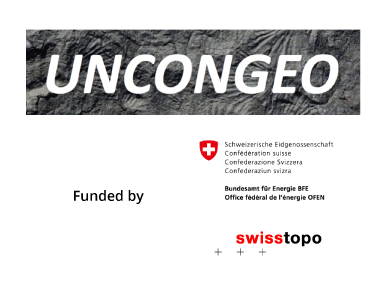
UNCONGEO (2017-2023)
The aims of UNCONGEO is to develop a comprehensive understanding of the association of geothermal hot aquifer systems with hydrocarbon occurrence in the Swiss Plateau subsurface. This project will deliver a unbiased and independent geo-resource occurrence maps of the Swiss Molasse Plateau which will represent a fundamental document which will help to address the following crucial questions:
- What types of geo-energy resource systems are active in the Swiss Plateau?
- Are there accumulations of hydrocarbons that might encumber the development of Swiss geothermal energy?
- Are there correlations between the two geo-resources and how might the development of geothermal energy resources be influenced and affected?
SWEET DeCarbCH (2021-)
The GE-RGBA group is delighted to participate to Work Package 1 focusing on the Thermal Energy System Modelling at the Mesoscale: developing spatially resolved decarbonization pathways for thermal energy (start: M1, duration: 48 months) Aiming to quantify the value of both renewable heating and cooling as well as of negative CO2 emissions. together with our SWEET partners we will deliver a dataset on thermal energy resources and technologies as well as models with specific focus on higher spatial resolutions that are needed to model location-constrained technologies such as district heat networks. These will be linked with whole energy system models.
DeCarb CH website
DemUpCARMA & Storage
In the framework of this high-profile national research project in cooperation with the CarbFIX project, (make link: https://www.carbfix.com/co2-seastone), ETHZ, EPFL and EAWAG, the GE-RGBA group will be responsable for the realisation and calibration of 3D static models, combining geophysical, geochemical, and geological data collected during the field campaigns in Iceland. Additionally, insights about petrophysical properties of reservoir rocks obtained from the laboratory activities and analysis will be integrated. This project will enhance process understanding by comparing computational models with field and laboratory observations, specifically focusing on safety and mineralization processes using seawater as injection fluid. This work will be ultimately lead into numerical simulations of upscaling to larger amounts of CO2 injected at the target site, or at other sites in Iceland. The outcomes of this project will be transferred and applied where applicable to Swiss subsurface conditions.
DemUpCARMA & Storage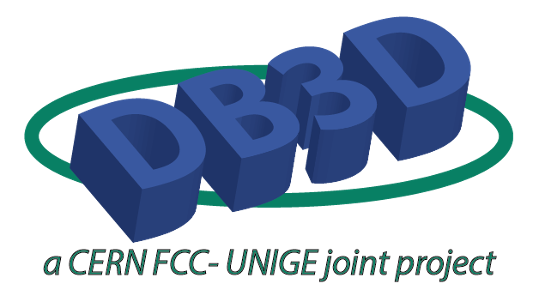
FCC-DB3D
The project will support the feasibility and design phase of the 100-km long tunnel for the construction of the Future Circular Collider (make a link: https://home.cern/science/accelerators/future-circular-collider) planned by CERN to respond to the current and future challenges of particle physics research. The GE-RGBA group is tasked with building a sound 3D geological model of the Geneva Basin and neighbouring Bornes Plateau, Arve Valley and Mont Sion as a reference tool for the forthcoming site investigation. UNIGE will be therefore responsible with updating the model supported by a large and comprehensive Arc-GIS data base integrating Swiss and French subsurface data (boreholes and seismic) and use the newly acquired data to respond to a number of ongoing scientific questions spanning from the architecture and composition of Quaternary deposits and the reconstruction of the glacial history of the region to the development of the unconformity and associated karst development at the boundary between Cainozoic clastic sediments and the Lower Cretaceous carbonates.
FCC-DB3D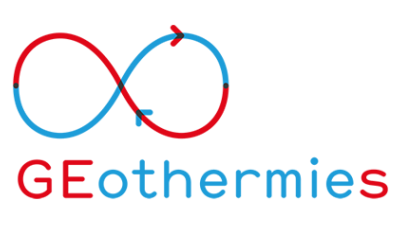
PROGRAM GÉOTHERMIES
Since 2014 the GERGBE is involved in supporting the exploration and appraisal of geothermal resources in the Geneva Basin carried out by Services Industriels de Geneve (SIG) and the Canton of Geneva. Several studies have been carried out based on 2D seismic lines, e-logs, lithological, sedimentological and rock property information from core and outcrop data. The studies carried out in the past include structural interpretation, stratigraphic come caldure harmonization, seismic stratigraphy, and specific study of intervals which might contain reservoir rocks and seal (Lower Cretaceous, upper Jurassic Malm, etc.). Presently, the latest ongoing research focus on the Siderolithic unit which represent a still poorly known stratigraphic unit (Eocene? Paleocene?) occurring at the transition between the Lower Cretaceous and the Cenozoic. Moreover, the understanding of the Quaternary units covering the Oligocene Molasse deposits is the focus of another ongoing research which will unravel the architecture of reservoir formed by both glacial and interglacial deposits which contains extensive groundwater reservoirs which are key to modulate the temperature of large heating and cooling system in the Geneva Canton. Other ongoing research include reconstruction of deep hydrochemical flux at basin scale, the architecture and infill of deep Permo-Carboniferous troughs, gravity survey across the Vuache fault zone and its evolution as paleo-geothermal system.
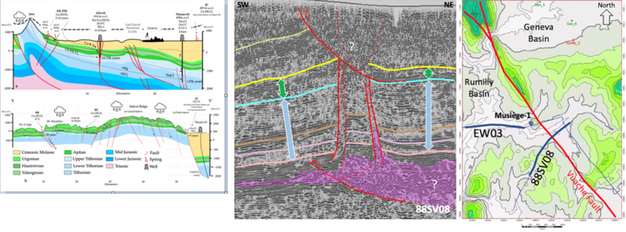
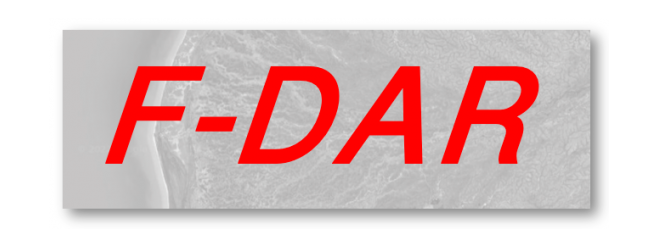
FLUVIAL FAN SYSTEMS DYNAMIC & ARCHITECTURE
The Fluvial Fan Systems project (FLUFS) focuses on understanding the nature and stratigraphic architecture of thick clastic successions accumulated in continental basins by large fluvial fans (also known as megafans or distributive fluvial systems). Funded by the Swiss National Science Foundation (SNF), the project started in 2014 with work on Miocene successions in the central Andean foreland (Mendoza Province, Argentina), and continued with work on Paleocene-Eocene fluvial deposits of the Uinta Basin in central Utah (U.S.A.), focusing on the Wasatch and Colton formations. Our aims include understanding the morphodynamics and stratigraphic responses of these large fluvial systems to changes in climate, distinguishing the architectural and compositional signatures of tectonics, and integration of multiproxy analyses (geochemistry, petrography, clay mineralogy, zircon geochronology, isotopic and inorganic geochemistry) to field-based sedimentological surveys.
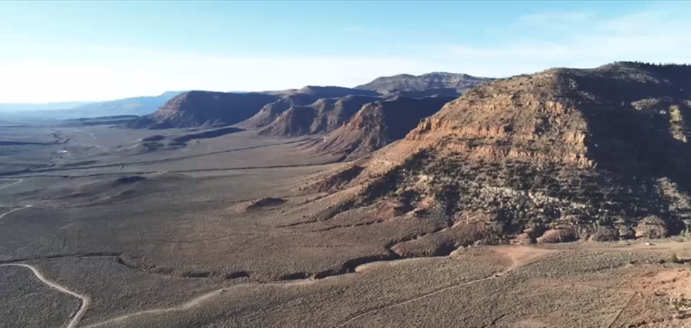

NDWG - NILE DELTA WORKING GROUP
The Nile Delta WORKING GROUP aims at unravelling the nature and evolution of the Nile Delta over the last 30 millions of years. This project is a carried out in collaboration with the Department of Geology of the University of Mansura in Egypt and is using an integrated approach based on interpretation of seismic stratigraphy, borehole petrophysical analysis, rock property and geomechanics, mineralogy and inorganic & organic geochemistry of the Nile sediments. The project is focusing on the important landscape changes that occurred during the late Miocene, including the Messinian Salinity Crisis aiming at unraveling the interlink between tectonic, sediment supply and sea level changes which caused the deep overcutting of the delta and formation of an intricate network of canyon and their subsequent fast infill.

THE SICILY CHANNEL PROJECT
The Sicily channel project is an ongoing effort started in 2011 which focuses on the reconstruction of the late geological events which have shaped this region located at the connection between the Africa and Europe. In this project we are using proxies such as 2D seismic, wells log and outcrops to establish a detailed sequences of events which have punctuated the dramatic evolution of this region where the interplay between tectonic, seal level changes and climate have influenced the marine sedimentation, onshore and offshore erosion and structuration of the landscape over the last 30 millions of years. The current focus is the recent evolution of both onshore and offshore Egadi Islands and the nearby Adventure Plateau where the complex tectonic history of the Sicily channels from the late Oligocene to the present day is well expressed by the subaerial and sea bottom landscape and exposed rock sequences. Special focus are also the effects of the seal level low-stand associated with the Messinian salinity crisis and the following Pleistocene that Pliocene transgression. This project is in collaboration with Eni which kindly provided the data, the University of Palermo and Tunis.
Concluded Research Projects
